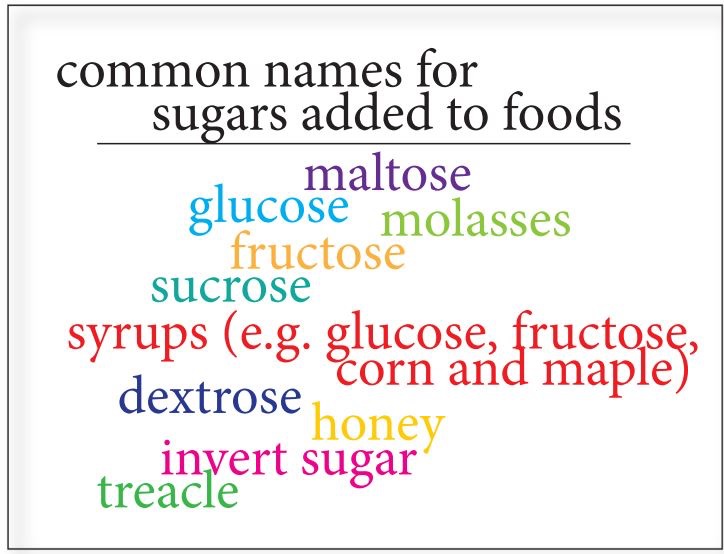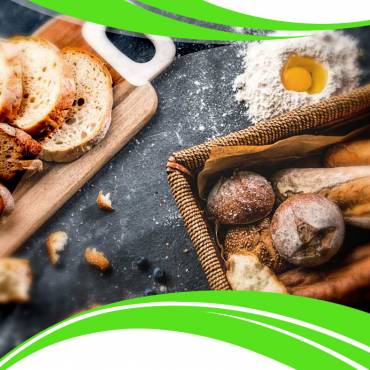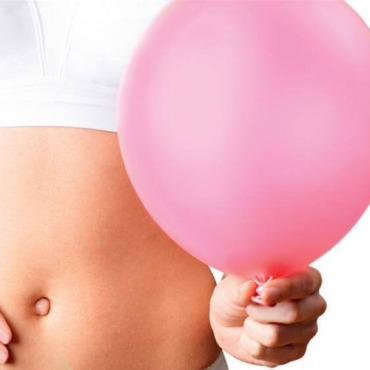According to Mary Poppins, just a spoonful of sugar helps the medicine go down, and dare I disagree with it. However, lately Sugar is hitting the headlines quite often and understandably this is causing some confusion and scare about what actually we should be doing.
So, lets try and make some sense of sweet sugar.
First of all, What is sugar?
Sugar has been a part of human diet for thousands of years. These are types of carbohydrates like mono saccharides, Di-saccharides, poly-saccharides that are important for energy in our body. The most common that we all are aware of is glucose. Our brain requires roughly about 130gm of glucose /day to keep it functioning.There is ‘free sugar’ and sugar that is naturally present in food like fruit, vegetables, milk etc.
So are all sugars bad?
No, It is the ‘free sugars’ that we need to be careful of and monitor its intake.
What are free sugars?
In simple terms, sugars that are added to foods and where it is not in the cells of food like in fruit juice.
There are different names for sugar and some of the most common names are :

How much sugar can we have?
It is recommended that we should aim at having no more than 5% of our daily energy intake, which is roughly about 30g /day ( 6-7 sugar cubes) for aged 11 years and above.
Why is Sugar considered an issue?
How many of you can remember your parents telling you that too many candies will rotten your teeth. Well, my children certainly had enough of me telling them that. According to The Scientific Advisory Committee of Nutrition (SACN), high intake of sugar is associated with greater risk of tooth decay but also Obesity. As we know, Obesity is a precursor to several other diseases like Diabetes, Cardiovascular disease etc.
Food with high sugar content can also be low in its nutritional value and higher in calories. Hence, regular intake of this type of food mean that you are more likely to have a diet that is nutritionally depleted.
How about sugar in Fruit ?
One of the biggest contributors of free sugars in our diet is sugary drinks. We do not need to read labels for sugar on a packet of Jammy Dodgers, do we? But knowing the figures can be of help at times.
* High-sugar food contains more than 22.5g per 100g, and a low-sugar food contains less than 5g per 100g.
* A high-sugar drink contains more than 11.25g per 100ml, and a low-sugar drink contains less than 2.5g.
Some food and drinks have traffic light signals ie colour coded labels, where Red means high, amber is medium and green means low.So, you can also follow this to give you an idea of the sugar content in the product.
As a rule of thumb, any soft drinks, fizzy drinks, confectionaries etc are going to be high in free sugars.
How to cut down on sugar intake:
- Opt for water or unsweetened drinks Instead of sugary and fizzy drinks.
- If you are used to having sugar in your drinks etc, consider gradually weaning yourself off. Trying to suddenly cutting it down might make it difficult for you to adapt to sudden taste change and Sudden drastic changes are not always sustainable.
- Aim at having no more than 150 ml of fruit juice/day, as it can be concentrated in sugar and at times sugar is added to enhance the taste.
- Read labels, compare and buy things that are comparatively less in added sugar.
- Opt for reduced sugar or no added sugar food products.
- Being mindful is the key. When in social gatherings, be aware of your intake of drinks and food. Social environment does influence our sugar intake, so be aware of it.
Finally, as I always say, it is not just sugar alone that leads to Obesity or Diabetes, one must learn to think of addressing the other components of our diet as well . Being mindful of our behaviour around food and lifestyle factors is equally important.
So, I hope this has helped you clarify some basic information about sugar and remember it is all about moderation.





